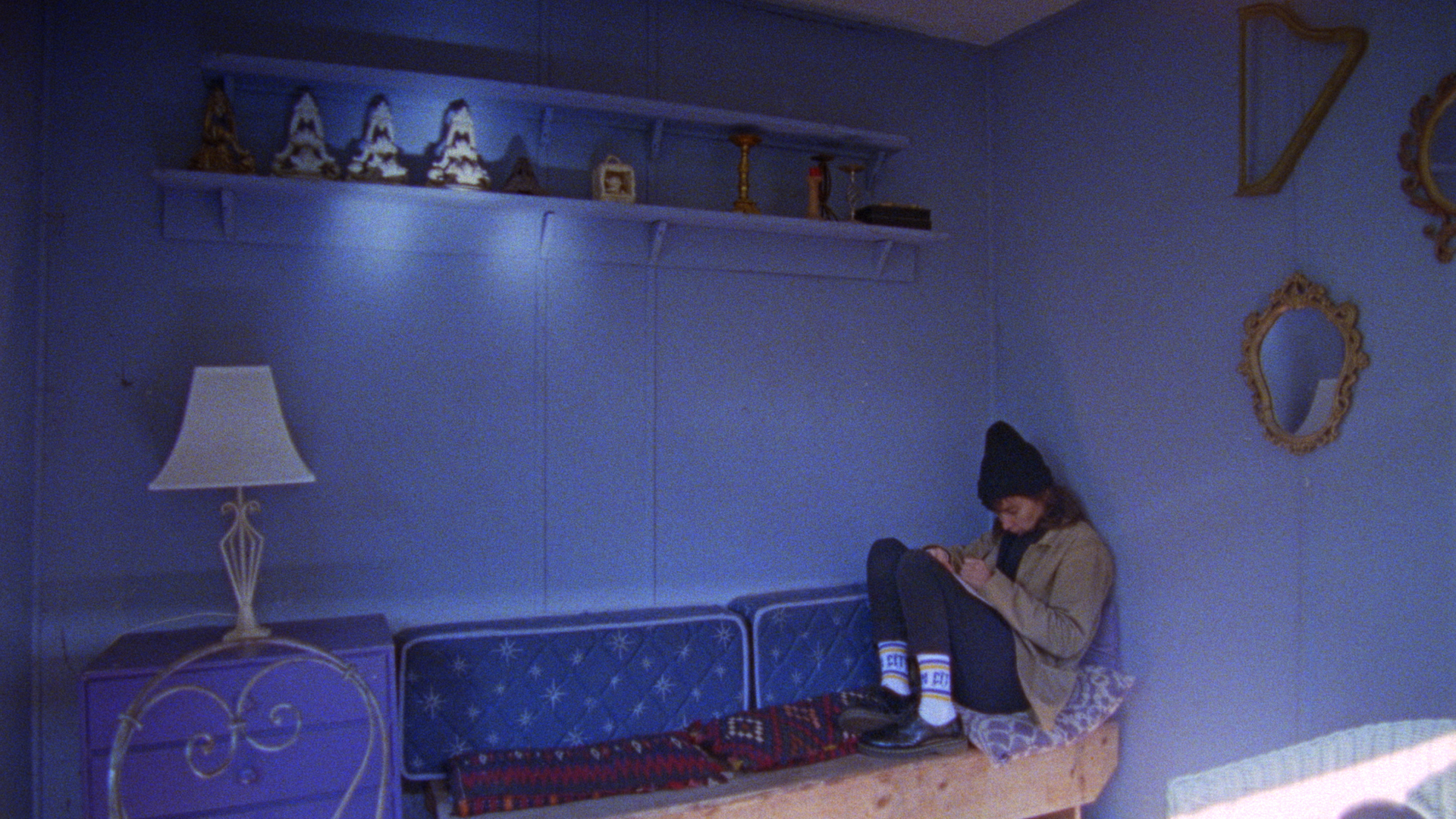Looking back at the year 2022 in Australian film

Australian films underperformed at the box office in 2022, but there was still gold on the screen, writes Travis Johnson.
Also, check out our regional round-ups of 2022 highlights from cinema of New Zealand and the United Kingdom.
A few big international co-productions aside, Australian cinema didn’t bring home the bacon this year. But there’s plenty to celebrate on the big and small screens.
Is Thor: Love and Thunder an Australian film? It stars an Aussie (a few, in fact) and was filmed here by a New Zealander but financed with fat stacks of Disney/Marvel cash (leavened by generous production and taxation incentives). It’s murky, but I’d say no. Elvis is a more difficult call: Majority American cast, American money, American story—but directed by our own maximalist maverick (no, not that Maverick) Baz Luhrmann. So, maybe?
We could ask the Australian Academy of Cinema and Television Arts (AACTA), but they have a tendency to throw awards and recognition at anything that’s been within sniffing distance of a vegemite sandwich, such as Mel Gibson’s Hacksaw Ridge (12 wins off 18 nominations—Elvis managed 11/15 this year).

But really, the last unarguably Australian B.O. hit was Robert Connolly’s The Dry in 2020/21, which took $20.1 million domestically. By comparison, in 2022 we have Nick Giannopolous’ much-delayed sequel Wog Boys Forever, taking $1,952,659 and coming in at number 60 on the leaderboard. Less than stellar.
But the increasing primacy of the streaming and VOD space makes box office an iffy metric these days, and in terms of quality and artistic merit, it’s never been much chop at all. The best fiction feature film of the year, Thomas M. Wright’s The Stranger, received a limited theatrical run before finding a captivated audience on Netflix for its story of the toxic, potentially lethal relationship between a vagabond murderer and rapist (Sean Harris) and the undercover cop (Joel Edgerton) playing the long game to nail him. It made a pittance but is easily the most talked about film of the year.
The best documentary of the year, Tiriki Onus and Alec Morgan’s Ablaze, took under $20,000 (and that’s the last we’ll speak of ticket takings) but this vital piece of historical detective work uncovers the story of Onus’ grandfather Bill, revealing him to be—in all likelihood—the first Indigenous Australian filmmaker. It’s a landmark celebration of culture, identity, resistance, and creativity.

Indeed, it was an excellent year for Indigenous cinema, with Leah Purcell’s career-long reiteration of Henry Lawson’s 1892 story reaching its apotheosis in The Drover’s Wife: The Legend of Molly Johnson. Having reimagined the source material as a story of race and gender on both the page and the stage, Purcell brought it to the big screen at last, writing, directing and starring in the film—a first for an Indigenous woman. Elsewhere, anthology film We Are Still Here drew together Indigenous voices from Australia, New Zealand, and across the Pacific to explore the various traumas of colonisation and invasion to excellent effect (and if AACTA can stretch the definition of “Australian film”, so can we).
It was an especially strong year for horror, with social media slasher Sissy, Adelaide exploitation schlocker Ribspreader, cryptozoological horror Carnifex, and slow-burn arthouse chiller You Won’t Be Alone all finding audiences on the festival circuit or limited release. Horror being a broad church, they were likely very different audiences.
In the indie space, WA-shot, ‘90s-set day-in-the-life drama Bassendream and improvisational microbudget drama The Land both won plaudits from their small but faithful audiences, performing well above expectation both critically and commercially. Bosch & Rockit, the semi-autobiographical story of an amiable weed farmer (Luke Hemsworth) and his surfie son (Rasmus King) from first-time feature director Tyler Atkins, also proved its charms.

Returning to the documentary space, behind-the-scenes Courtney Barnett film Anonymous Club was a more truthful portrait of the lo-fi legend than any dozen awkward interviews, revealing her artistry and humanity, while Clean took us into the fascinating world of Sandra Pankhurst, trans woman and former sex worker who now runs a cleaning business specialising in murder scenes, meth labs and other spaces where regular cleaners fear to tread. What could have been a prurient exercise in rubbernecking is in reality an arresting character portrait of someone who refuses to be caged by the space society allows for her.
There were a few disappointments. Gracie Otto’s debut fiction feature, Dolly Parton-fixated comedy Seriously Red, is essentially an idea in search of a plot and can’t quite capture the Priscilla/Muriel energy it clearly wants to, while Russell Crowe’s moribund straight-to-streaming drama Poker Face is a ridiculously self-indulgent exercise that seems to have no sense of its own aims, but past form from both creators indicates that we can expect better in the future, and likely soon.
Those slight wobbles aside, it’s been a banner year for Australian film. B.O. aside, of course.















